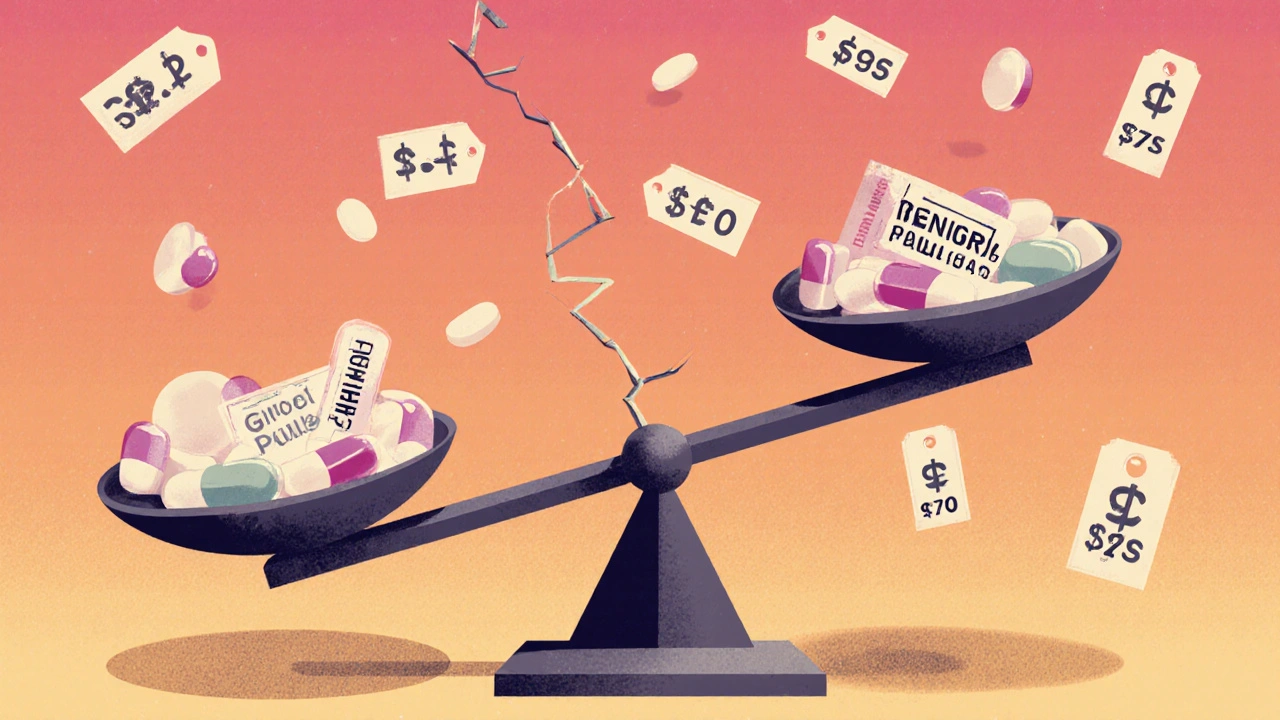
For most people, generic drugs are the reason they can afford to take their medicine every month. They’re supposed to be cheaper - sometimes dramatically so - than brand-name pills. But if you’ve noticed your prescription cost going up unexpectedly, you’re not imagining it. The truth about generic drug prices isn’t simple. It’s not just about competition or savings. It’s about markets that can collapse overnight, manufacturers that disappear, and prices that jump 1,000% for no obvious reason.
How Generic Drugs Are Supposed to Work
When a brand-name drug’s patent runs out, other companies can make the same medicine. These are generics. They have the same active ingredient, same dosage, same effect. The only difference? No advertising, no fancy packaging, and usually a price that’s 80-85% lower. The system was built on competition. One company makes the first generic. Price drops to about 90% of the brand. Then a second company enters. Price drops again - to 65%. A third? Down to 52%. Once you hit four or more manufacturers, the price often falls to just 15% of the original brand. That’s how it’s supposed to work. And for many drugs, it does. But here’s the catch: not every drug gets that many competitors.The Volatility Problem: When Prices Spike Instead of Drop
Between 2013 and 2014, nearly 1 in 12 generic prescriptions saw a price jump between 100% and 500%. That’s not a typo. One drug, nitrofurantoin macrocrystals, went up by 1,272% over five years. Another, levothyroxine, dropped 87% in the same period. Same active ingredient. Same condition. Same patients. One became cheaper. The other became unaffordable. What causes this? It’s not about manufacturing costs. It’s about market size. If only two or three companies make a generic drug, and one of them quits - because of a factory shutdown, a regulatory issue, or just because it’s no longer profitable - the remaining companies can raise prices. Fast. And there’s nothing to stop them. A 2020 Harvard study found that 78% of all generic price hikes over 100% happened in markets with three or fewer manufacturers. In 2023, the FTC found that 65% of price spikes over 100% occurred in the same type of markets. That’s not coincidence. It’s structure.Year-by-Year Trends: The Big Picture
On paper, generic drug prices have been falling overall. The Congressional Budget Office estimates that between 2008 and 2017, generics saved the U.S. healthcare system $2.2 trillion. By 2017, annual savings were over $250 billion. That’s real money. But look closer. The average price increase for all generics in 2023 was 4.9%. That sounds small. But averages hide extremes. In 2022-2023, about 40 generic drugs saw price hikes averaging 39% - and the median increase was still 10%. That’s not inflation. That’s targeted price gouging. The FDA approved over 800 new generic drugs in 2017 alone. That should’ve driven prices down. And for many, it did. But for others - especially older, low-volume drugs with thin margins - the opposite happened. Manufacturers stopped making them. Or they made them in one factory overseas. When that factory had a quality issue - and 23% of foreign generic plants had issues in 2023 - supply vanished. Prices shot up.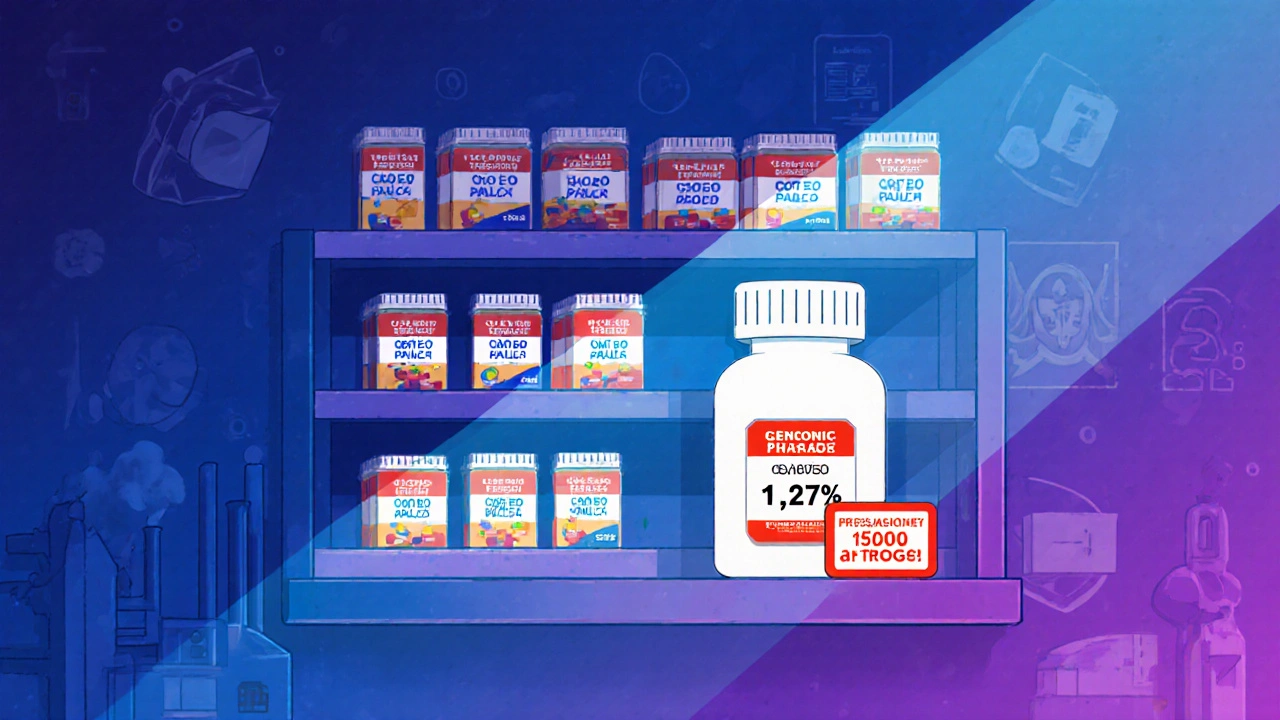
Who Gets Hurt the Most?
It’s not just the uninsured. Even people with Medicare or Medicaid feel it. A 2024 KFF survey found that 37% of seniors taking generic medications skipped doses because of cost. 28% cut pills in half or went without for days. One Reddit user reported their generic lisinopril - a blood pressure pill - jumped from $4 to $45 at Walmart in 18 months. GoodRx data confirmed it: a 247% increase. Independent pharmacies are caught in the middle. Forty-two percent of them say they’ve had to absorb price spikes on generic drugs. One week, a drug is profitable. The next, it’s a loss leader. The National Community Pharmacists Association found that 68% of small pharmacies had to eat $3.75 per prescription on average just to keep stocking generics. And it’s not just about cash prices. Insurance reimbursement systems are built on outdated formulas like Average Wholesale Price (AWP), which often bear no relation to what pharmacies actually pay. The gap between what pharmacies pay and what they get reimbursed? On average, 22%. That’s a hole no small business can fill forever.Why Some Generics Stay Cheap - And Others Don’t
Cardiovascular generics - like metoprolol or atorvastatin - are usually cheap. Why? Because thousands of pharmacies sell them every day. High volume. Low margin. Manufacturers know they can make money on volume. But look at central nervous system drugs - like generic sertraline or gabapentin. They’re used by millions, but the market is more fragile. Fewer manufacturers. Higher risk of shortages. And guess what? They’re often priced at 25% of the brand-name version - not 15%. Why? Because competition is weaker. Some drugs are made by only one or two companies. When one exits, the other raises prices. No one else can step in fast enough. The FDA approved 2,357 generic drugs between 2018 and 2022. But 40% of them had three or fewer manufacturers. That’s a ticking time bomb.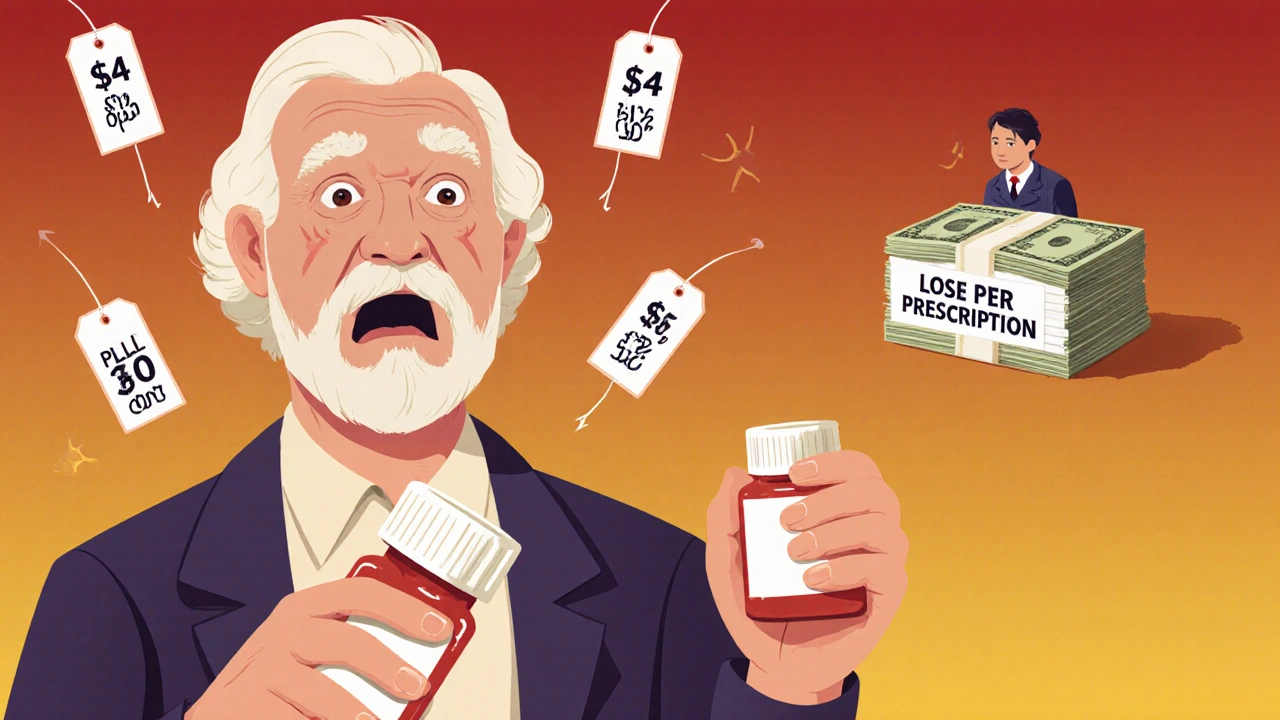
What’s Changing Now?
The Inflation Reduction Act of 2022 didn’t directly cap generic prices. But it did change how Medicare pays for drugs. Brand-name manufacturers now have to pay rebates if their prices rise faster than inflation. That’s why brand-name drug price hikes dropped from 5% to 2.3% in 2024. Generics? They’re not covered by that rule. So they’re left to the market. And the market is broken in places. The FDA’s new 2024 plan aims to speed up approvals for generics with few competitors. That’s good. The FTC has 12 active investigations into price gouging in generic markets. That’s promising. Medicaid removed a cap on rebates in January 2024, which forced some brand-name drug makers to lower prices - but had little effect on generics. The real fix? More manufacturers. More competition. More transparency.What You Can Do
You can’t control the market. But you can protect yourself.- Use GoodRx or similar apps. They show real-time cash prices at nearby pharmacies. People using them save an average of $112 per generic prescription.
- Ask your pharmacist if there’s a different manufacturer. Sometimes, the same drug from a different maker costs half as much.
- If your price jumps suddenly, call your insurance. Ask if they can switch you to a different generic version.
- Consider a 90-day supply. Some pharmacies offer discounts for bulk purchases - even on generics.
- Report sudden price spikes to your state’s attorney general. Many are now tracking these trends.
The Bottom Line
Generic drugs still save billions every year. But the system is no longer reliable. What was once a predictable path to affordable medicine has become a minefield. Prices drop when competition is strong. They explode when it’s weak. And right now, too many drugs sit in the danger zone - made by too few companies, with no backup plan. The problem isn’t that generics are expensive. It’s that they’re unpredictable. And for someone living on a fixed income, that unpredictability can mean skipping doses, skipping meals, or skipping care entirely. The fix won’t come from patients. It’ll come from regulators who enforce competition. From manufacturers who don’t exploit shortages. And from a system that values access over profit - even for pills that cost pennies to make.Why do generic drug prices go up even when the drug is old and cheap?
Generic drug prices rise when competition disappears. If a manufacturer stops making a drug - due to low profit, supply issues, or regulatory problems - the remaining makers can raise prices. This often happens with older drugs that have only one or two producers. Even if the drug has been around for decades, if only two companies make it and one quits, the price can jump 100% or more overnight.
Are generic drugs really cheaper than brand-name drugs?
Yes - but not always. On average, generics cost 80-85% less than brand-name versions. For drugs with four or more manufacturers, prices often drop to just 15% of the brand. However, for drugs with only one or two makers, prices can stay high - sometimes even matching the brand. The savings depend entirely on how many companies are competing to make the same drug.
Why do some generic drugs have price spikes of 1,000%?
Price spikes of 1,000% or more happen when a drug has very few manufacturers - often just one or two. If one shuts down production - due to a factory inspection failure, a supply chain issue, or financial loss - the remaining manufacturer can raise prices with no competition. This is common with older, low-volume drugs like nitrofurantoin or cyclosporine. These aren’t new drugs; they’re just ones that no one else wants to make.
Can I switch to a different generic version of my drug?
Yes, if your doctor approves it. Many generic drugs have multiple manufacturers. Even though they contain the same active ingredient, they may be made by different companies and sold under different names. One version might cost $5, while another costs $45. Ask your pharmacist for the lowest-priced option, or use a price-comparison app like GoodRx. Insurance companies often allow switching between generics as long as they’re therapeutically equivalent.
Why are generic drug prices higher in the U.S. than in other countries?
The U.S. doesn’t regulate generic drug prices like many other countries do. In Europe, Canada, and Australia, governments negotiate prices or set price caps. In the U.S., prices are set by the market - and when competition is weak, prices rise. A 2022 RAND study found U.S. generic prices average 80% higher than in Europe, even though manufacturing costs are similar. The difference isn’t quality - it’s policy.
What’s being done to fix high generic drug prices?
The FDA is speeding up approvals for generics with few competitors. The FTC has 12 active investigations into price gouging. Medicaid changed its rebate rules in 2024 to pressure manufacturers. But the biggest fix is still missing: more manufacturers. Right now, the top 5 companies control over half the U.S. generic market. More competition - not just more rules - is what will bring prices down long-term.

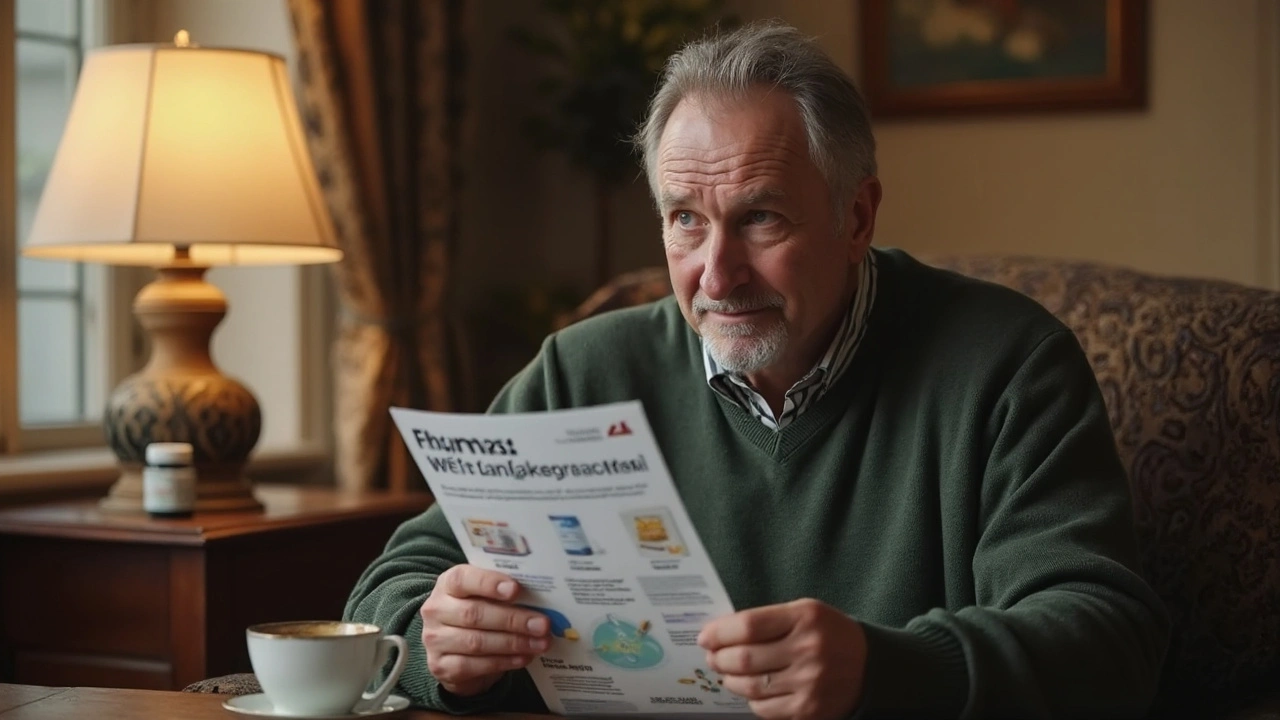
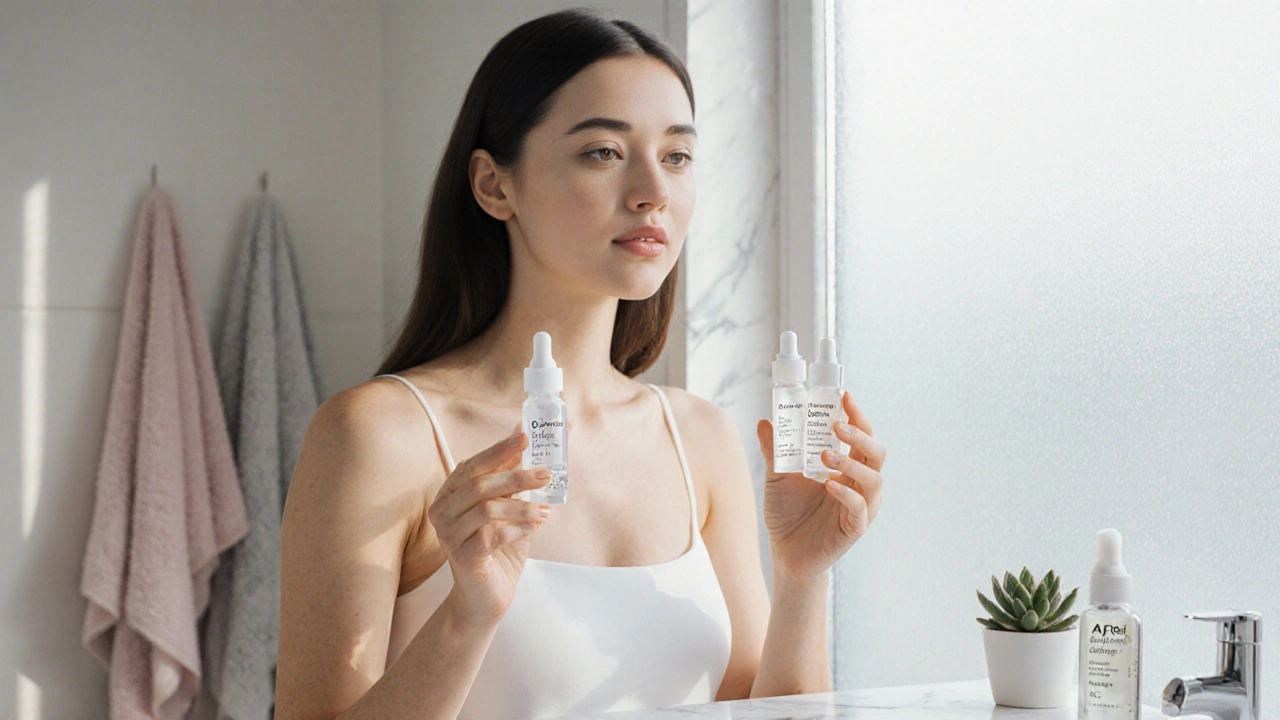

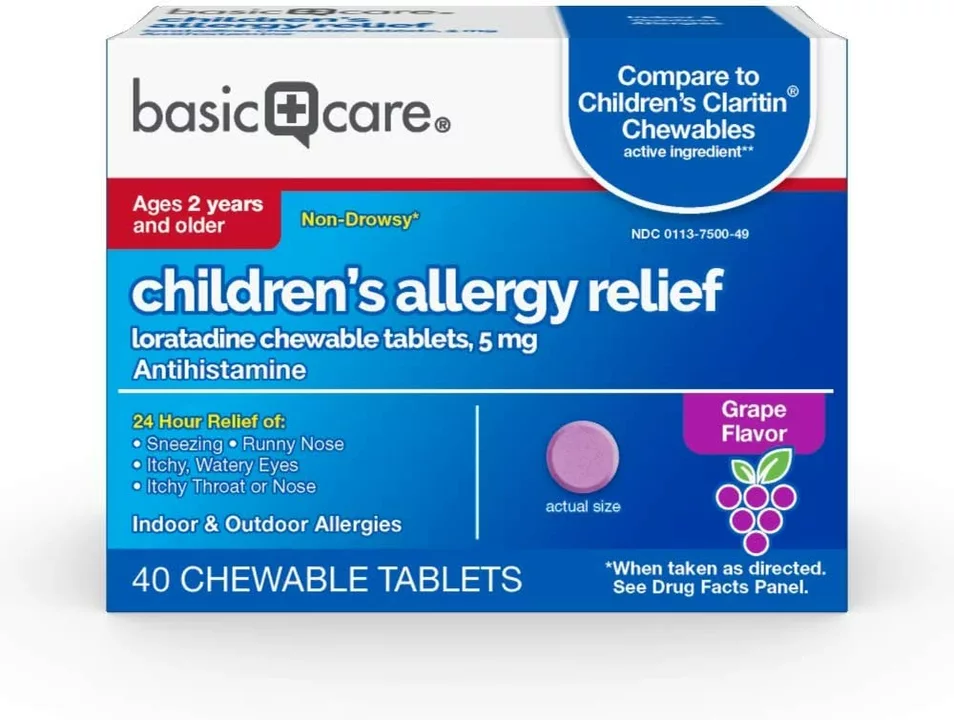

Melvina Zelee
November 25, 2025 AT 08:17so like... we’re literally paying more for pills that cost pennies to make? and the only reason they’re expensive is because a handful of companies decided to play chicken with people’s health? this isn’t capitalism, this is hostage-taking with a pharmacy receipt.
i used to think generics were the safety net. now i see they’re the trapdoor.
ann smith
November 26, 2025 AT 02:00Thank you for sharing this. It’s so important to understand how fragile our access to medicine really is. Even small price increases can force people to choose between food and their prescriptions. Small steps matter-using GoodRx, asking pharmacists about alternatives, reporting spikes. We’re not powerless.
❤️
Justin Daniel
November 26, 2025 AT 10:10lol so the free market is just... letting people die because the profit margin on heart meds is too thin? genius. who needs a public health system when you’ve got 2 guys in a warehouse in India running the entire US supply of levothyroxine?
also, why does no one talk about how the FDA approves generics but doesn’t require them to be made in multiple locations? one factory shuts down, and boom-everyone’s out of pills. that’s not supply chain risk. that’s corporate negligence dressed up as ‘market dynamics’.
Julie Pulvino
November 27, 2025 AT 02:39i had a friend whose insulin went from $30 to $400 in 6 months. she switched to a different generic version and it was $12. same pill. same pharmacy. just a different label. i didn’t even know that was a thing until she told me.
so yeah-ask your pharmacist. don’t just take the first one they hand you. it’s not magic, it’s math. and math can be hacked.
Patrick Marsh
November 29, 2025 AT 01:11Price spikes occur in markets with ≤3 manufacturers. 78% of 100%+ hikes. FTC confirms. FDA approves 800 generics/year. But 40% have ≤3 makers. Fix: more manufacturers. Not regulation. Competition.
Rahul Kanakarajan
November 30, 2025 AT 10:16Wow, another American whining about healthcare. In India, we get generics for $0.10. You guys pay $45 because you’re lazy and let corporations run everything. Stop expecting handouts and start demanding change. Or move to Canada.
Also, your ‘GoodRx’ is a band-aid on a gunshot wound.
New Yorkers
December 1, 2025 AT 02:54Let me tell you something, folks. This isn’t about drugs. This is about the soul of America. We used to believe in fairness. In dignity. In the idea that if you’re sick, you shouldn’t have to beg for your own medicine like it’s a favor from the gods.
Now? We live in a world where a man in a suit in Delaware decides whether your blood pressure pill costs $4 or $45-and he doesn’t even know your name. He doesn’t care. He just wants his quarterly bonus.
And we let him. We let him because we’re too busy scrolling, too tired to fight, too numb to feel it anymore.
Wake up. Before your next refill is a memory.
David Cunningham
December 1, 2025 AT 09:18Yeah, I’ve seen this in Oz too-same thing. One factory in China shuts down, and suddenly everyone’s out of metformin. We’re all just one supply chain hiccup away from a public health crisis. The system’s broken. But hey, at least we’ve got apps to compare prices. Meanwhile, the people who need it most can’t even afford a phone.
Real fix? Government negotiation. Like every other country. But hey, capitalism, right?